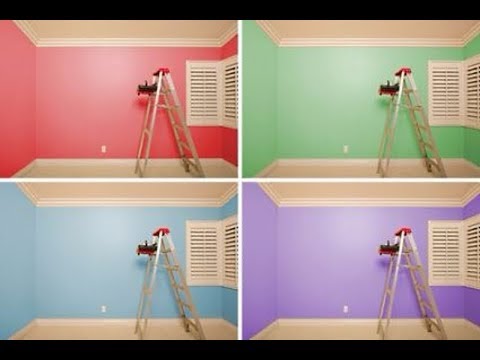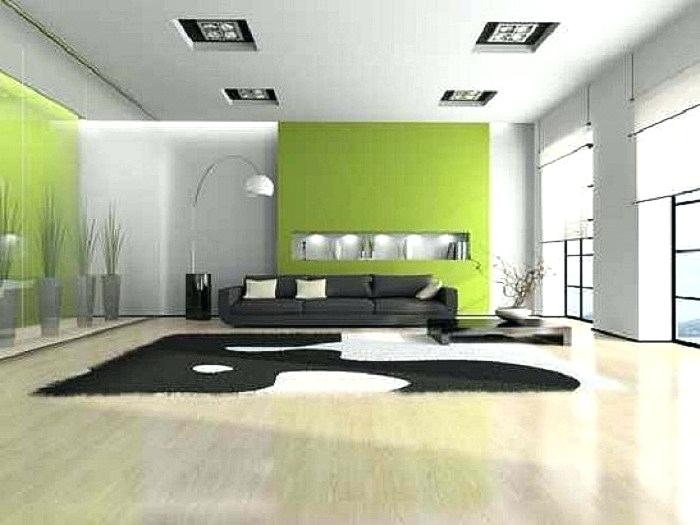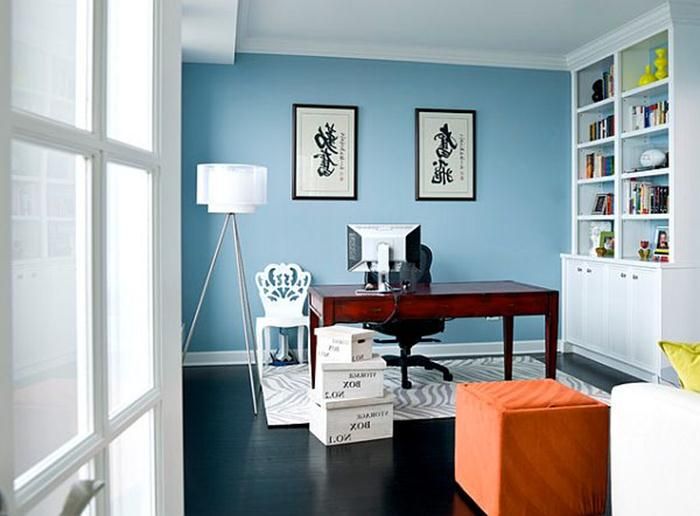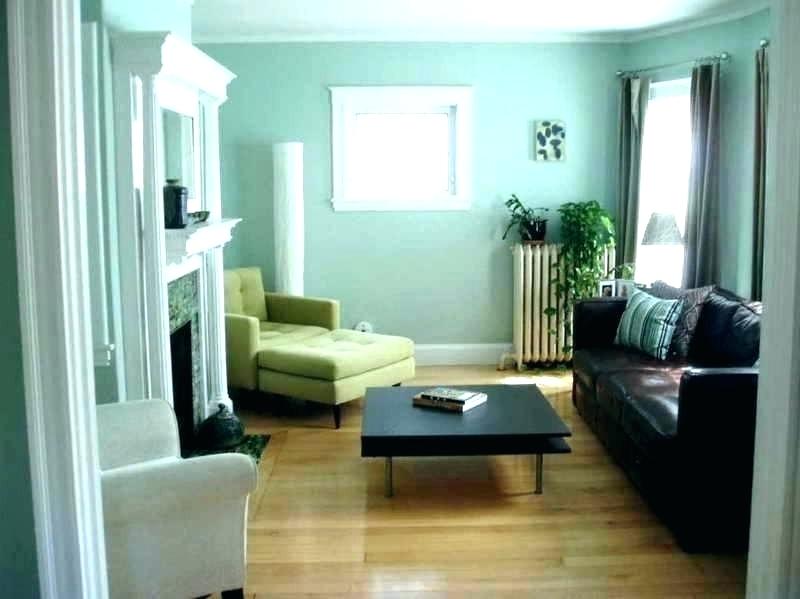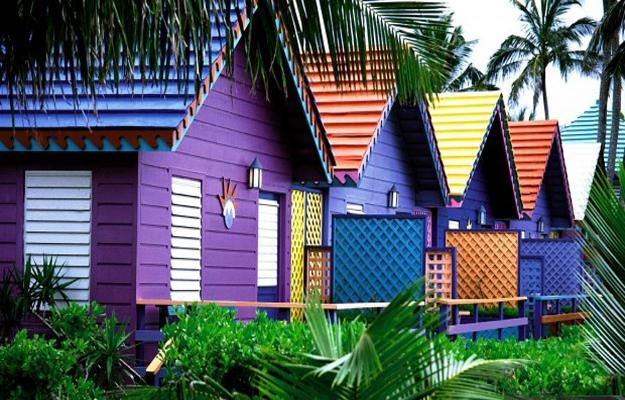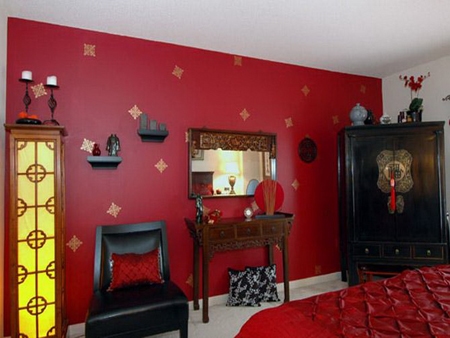Regular maintenance and quick repairs will definitely help extend the life of the paint on the exterior walls of your home. However, if your walls are repainted, early autumn or late spring is best when it's not too hot or sunny. Here are some helpful tips for painting the walls of your home.
peeling
The peeling results from painting over damp and wet wood. It can also be a result of moisture in the walls of the house. An easy way to control the moisture in your walls is to use latex paints and primers that protect the walls from excessive moisture. Glossy and dirty surfaces also cause paint to peel off. For a more even look, it's best to scrape off the flakes, smooth the sharp edges with sandpaper, and prime the bare spots before applying the last coat.
Alligatoring
When the color shrinks to form individual islands, it looks just like the skin of an alligator and hence the name. This happens if the top layer does not adhere to the underlying paint or if a layer of paint is applied without the previous paint having dried. The only way to deal with this problem is to remove the old paint and prepare the surface with sand and primer before repainting.
Blistering
The presence of moisture in the walls and unsuitable paints can often cause the paint to break off and blister. It is important to remove the bubbles before repainting. If you see a wooden surface after removing the paint, you can conclude that moisture is the main cause of damage. However, if you see color after the bubbles have been removed, the cause is the application of an alkyd or oil-based coating in damp and hot weather.
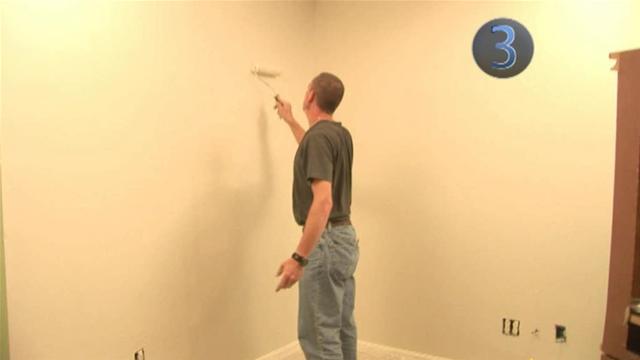
Wrinkling
Newly applied paint can sag and form skin like drops. This usually happens when the quality of the paint used is too viscous and too thick, which results in the formation of a surface layer on the underlying layer of wet paint. Painting in very cold weather can also cause wrinkles because the surface layer of the paint prevents the underlying layer from drying out. When re-coating, first scrape the wrinkled area clean. Also, don't forget to check the consistency of the color to avoid further wrinkles.
Chalks
This usually happens when the paint used has a grainy and dusty surface. In most cases, alkyd and oil-based paints are best for chalking, as an extremely thin layer of dust is removed in every rain to clean the wall. However, if there are stains on the surface of the walls, excessive chalking will occur. Porous wall surfaces and chemical imbalances in color can lead to chalks. The only solution is to wash the surface very thoroughly and then repaint the wall with a non-chalking paint.
mildew
These are molds that grow on damp walls. Fungicides such as chlorine bleach and other chemical solutions should be used first to kill the mildew before repainting the wall.
Let sags run
Improper use of the brush can lead to irregular, wavy surfaces. For the perfect surface effect, let the first coat dry before applying sandpaper and scrubbing the surface to a smooth, uneven texture, and then apply the final coat of paint.
Choose a good quality color and use the right painting tactic to get the best effects. Don't rush too much and let the paint dry before applying another coat. Otherwise, your walls can be severely damaged.

